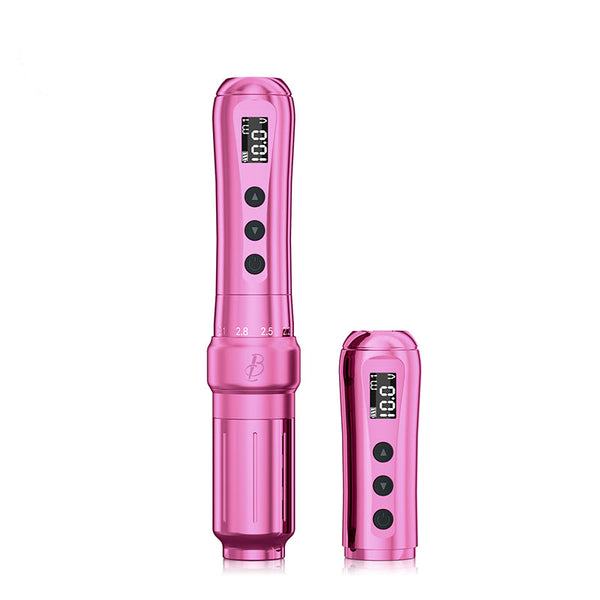Discover the Secrets to Choosing the Perfect Biohazard Sharps Disposal Containers!
Proper sharps disposal is crucial not only for maintaining a safe environment but also for adhering to biohazard regulations that protect public health. Improper disposal of needles, blades, and other sharp objects can lead to serious injuries and the spread of infectious diseases. That's where biohazard sharps disposal containers come into play. They serve as the first line of defense in managing these hazardous materials responsibly. Understanding the importance of these containers can help individuals and organizations alike ensure safety, compliance, and peace of mind.

Understanding Biohazard Regulations
Biohazard waste disposal is governed by a complex framework of regulations at local, state, and federal levels. For instance, the Occupational Safety and Health Administration (OSHA) has outlined specific guidelines that healthcare facilities must follow regarding the disposal of sharps. Non-compliance with these regulations can lead to significant penalties, including fines and legal repercussions, not to mention the risk to public health. Understanding these regulations is paramount for any entity that generates biohazard waste, whether it be a large hospital or a home healthcare provider. It's essential to stay informed about the latest updates in these regulations to ensure that your disposal practices are compliant and safe.
Key Features of Effective Sharps Disposal Containers
When selecting sharps disposal containers, several key features should be considered to ensure they meet safety and compliance standards. Firstly, puncture resistance is critical; containers should be made from robust materials that can withstand sharp objects without breaking. Additionally, a leak-proof design is crucial to prevent any spillage of hazardous materials. Clear labeling is also an important feature; all containers should be easily identifiable as biohazard waste to ensure proper handling. These features not only contribute to safety but also play a significant role in regulatory compliance, making it easier to adhere to guidelines set forth by governing bodies.
Types of Biohazard Sharps Disposal Containers
There are various types of biohazard sharps disposal containers, each designed to meet different needs. Rigid containers are the most common and are typically used in healthcare settings for their durability. Reusable options offer an eco-friendly alternative, allowing for multiple uses before disposal. Mail-back systems are another viable option, particularly for home users; these kits allow individuals to safely send sharps back to a disposal facility. Each type has its pros and cons, such as the cost-effectiveness of reusable containers versus the convenience of mail-back systems. Understanding these variations can help you choose the right container based on your specific disposal needs.
Choosing the Right Size and Capacity
Determining the appropriate size and capacity of sharps disposal containers is essential for effective waste management. Factors to consider include the volume of sharps generated and the frequency of disposal. For healthcare facilities, larger containers may be required due to the high volume of waste generated daily. In contrast, home users might find smaller, more compact options sufficient. Guidelines suggest assessing your usage patterns to decide on the ideal size. It's also important to regularly monitor the fill level of your containers to avoid overflow, which can lead to unsafe disposal practices.
Cost Considerations and Budgeting
The cost of biohazard sharps disposal containers can vary based on factors such as size, material, and type. When budgeting for these containers, it’s essential to consider the long-term value they provide in terms of safety and compliance. Investing in high-quality containers may incur a higher upfront cost but can save money in the long run by preventing accidents and ensuring regulatory adherence. Additionally, exploring bulk purchasing options or partnering with disposal services may provide cost savings. Always strive to balance budget considerations with the need for compliance and safety to make the best choice for your needs.
Choosing the Right Biohazard Sharps Disposal Strategy
In summary, choosing the right biohazard sharps disposal containers is crucial for ensuring safety, compliance, and effective waste management. Understanding biohazard regulations, recognizing key container features, exploring different types, and determining the appropriate size and capacity are all essential steps in this process. By making informed decisions and budgeting wisely, individuals and organizations can protect themselves and the community from the risks associated with improper sharps disposal.








